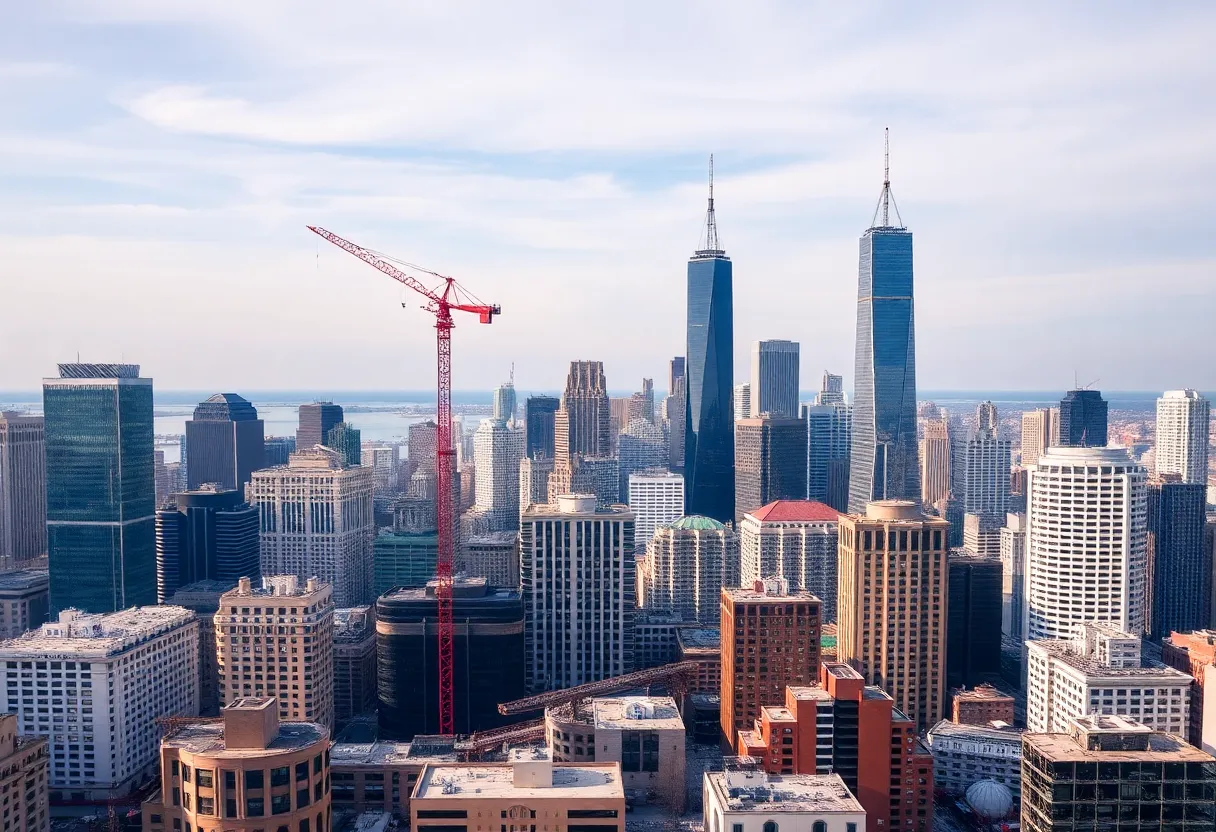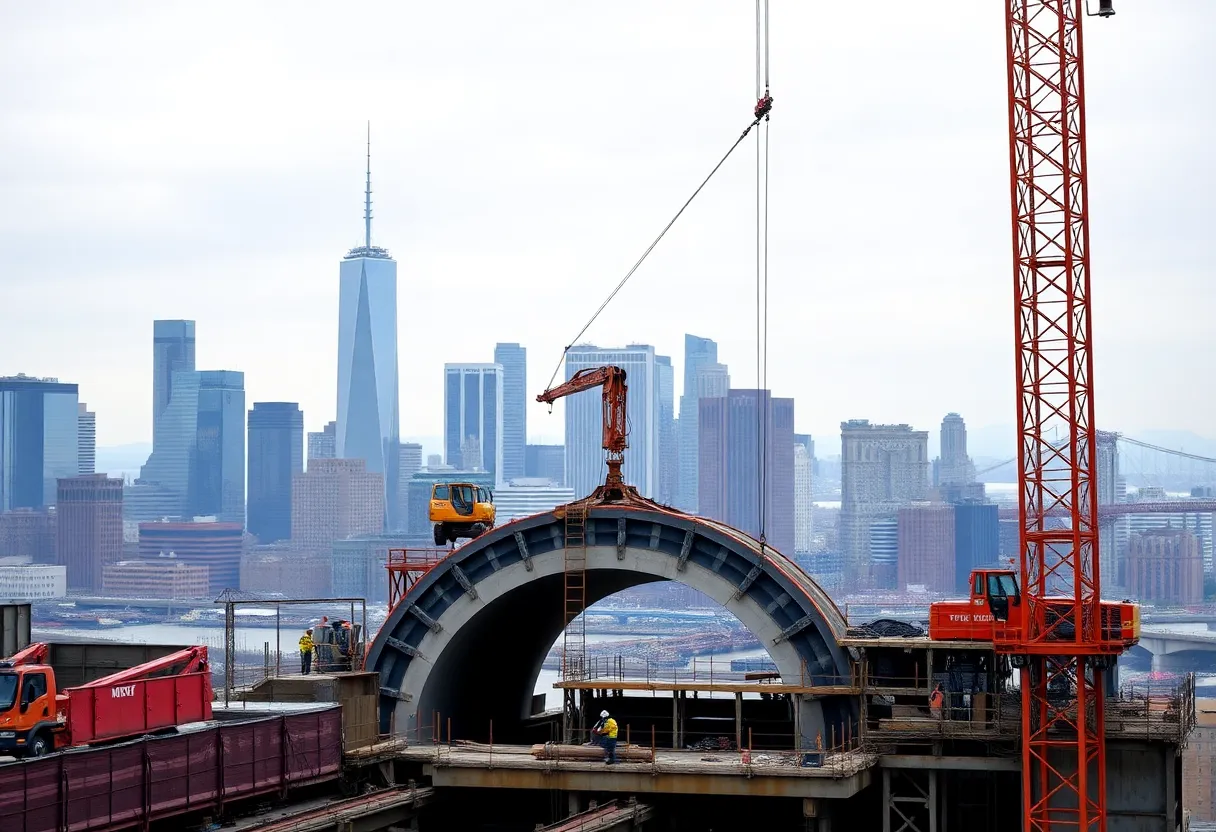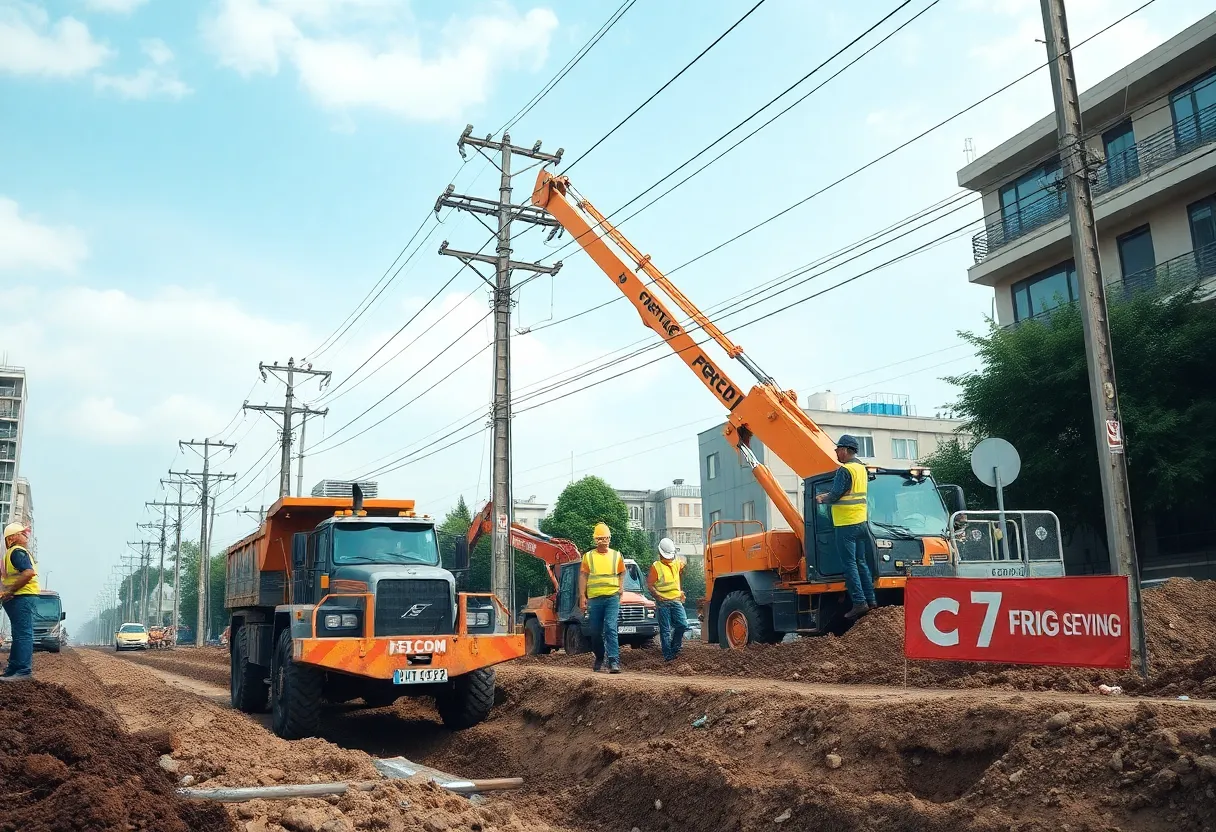News Summary
Chicago’s commercial real estate landscape is shifting as developers adapt to high interest rates and tighter lending conditions. With traditional funding methods under pressure, there’s a move towards diversified capital acquisition strategies. Multifamily units are drawing more interest from lenders compared to office spaces, although competition remains intense for high-quality properties. Challenges in securing financing, particularly for speculative projects, are pushing developers to blend traditional debt with alternative funding sources. The market is navigating uncertainties, but proactive developers are discovering innovative opportunities.
Chicago’s Commercial Real Estate Developers Adjust to High Interest Rates
As high interest rates and a cautious lending environment influence the market, commercial real estate developers in Chicago are modifying their strategies to navigate this challenging landscape. Despite a steady inflow of capital into the market, the dynamics of investment have shifted significantly compared to previous years.
New Market Realities
With liquidity remaining accessible, the entry of capital into real estate deals is now characterized by lower leverage and tighter credit conditions. Banks are still active participants, albeit at reduced levels. As a response to the changing financial landscape, developers are increasingly turning to alternative capital sources to offset the challenges posed by harder-to-secure debt.
Shifts in Investment Preferences
Investment trends show that while multifamily properties continue to garner favor among lenders, the office sector also presents opportunities for acquisition and repositioning, given sufficient debt liquidity. Popular asset types, including multifamily, industrial, and certain retail spaces, are attracting attention from lenders, especially when it comes to stabilized projects. Competition remains intense for high-quality properties across various sectors such as medical office and self-storage.
Understanding the Financing Landscape
The resurgence in construction financing has largely been limited to multifamily and industrial projects due to stringent lending conditions. Loan-to-cost ratios for construction initiatives are currently compressed, especially for speculative developments unless they are backed by strong sponsors. Many developers are now adopting a blended approach by combining traditional senior debt with alternative funding sources to manage rising capital costs and adhere to stricter underwriting standards.
Challenges for New Developers
Newer developers, particularly those pursuing speculative projects without secured tenants, face limited options in securing financing. Increased requirements for equity contributions—often exceeding 35%—are a common hurdle. Deals that used to achieve leverage of 80-85% are now reaching closer to the 60-65% mark. This shift necessitates innovative financing strategies, such as the use of preferred equity and mezzanine structures to bridge the resultant leverage gaps.
Market Dynamics Influencing Developer Confidence
Macroeconomic uncertainties such as trade tariffs and property tax fluctuations add to the challenges faced by developers. In Cook County, property taxes have become a notable burden, especially for institutional investors aiming to achieve profitable returns. The interplay between these factors has resulted in heightened caution as developers and lenders look toward necessary price adjustments to rebalance the market.
Looking Ahead
The future of the Chicago real estate market may hinge on when institutional equity returns and how sellers adjust their valuations on older assets. Recent innovations in capital structure have allowed projects to move forward, as seen in notable transactions, including developments backed by strategic financing solutions.
Adaptive Strategies and Opportunities
In an evolving real estate environment, developers are being resourceful, discovering innovative reuse opportunities particularly in older office buildings amid growing demands for mixed-use properties. Public-private partnerships are gaining traction as a viable method for stimulating new developments with emphases on affordable housing and job creation.
Conclusion
In conclusion, despite the challenges posed by high interest rates and increasing vacancy rates in office spaces, developers who adapt their strategies and embrace innovative approaches are still making headway in the market. Vigilant monitoring of market trends and financing options will remain critical as Chicago’s commercial real estate landscape undergoes its transformation.
Deeper Dive: News & Info About This Topic
Additional Resources
- Daily Herald: Trends Shaping Chicago’s Commercial Real Estate Market in 2025
- RE Journals: Cautious Capital: Creative Stacks Chicago CRE Financing Adapts
- Chicago Business: Interactive Brokers Group Eyes New West Loop Office
- Wall Street Journal: Chicago Office Buildings Real Estate Market
- CBRE: River of Dreams Podcast
- Wikipedia: Commercial Real Estate
- Google Search: Chicago Commercial Real Estate High Interest Rates
- Google Scholar: Chicago Commercial Real Estate Financing
- Encyclopedia Britannica: Commercial Real Estate
- Google News: Chicago Real Estate Market
Author: Construction NY News
The NEW YORK STAFF WRITER represents the experienced team at constructionnynews.com, your go-to source for actionable local news and information in New York and beyond. Specializing in "news you can use," we cover essential topics like product reviews for personal and business needs, local business directories, politics, real estate trends, neighborhood insights, and state news affecting the area—with deep expertise drawn from years of dedicated reporting and strong community input, including local press releases and business updates. We deliver top reporting on high-value events such as the New York Build Expo, infrastructure breakthroughs, and cutting-edge construction technology showcases. Our coverage extends to key organizations like the Associated General Contractors of New York State and the Building Trades Employers' Association, plus leading businesses in construction and real estate that power the local economy such as Turner Construction Company and CMiC Global. As part of the broader network, including constructioncanews.com, constructiontxnews.com, and constructionflnews.com, we provide comprehensive, credible insights into the dynamic construction landscape across multiple states.





